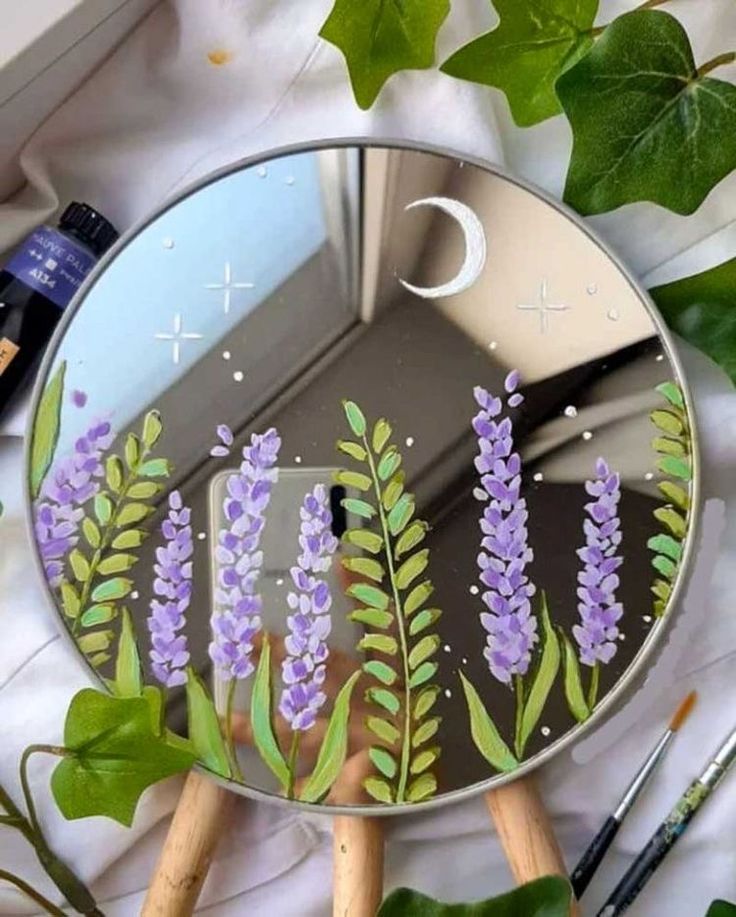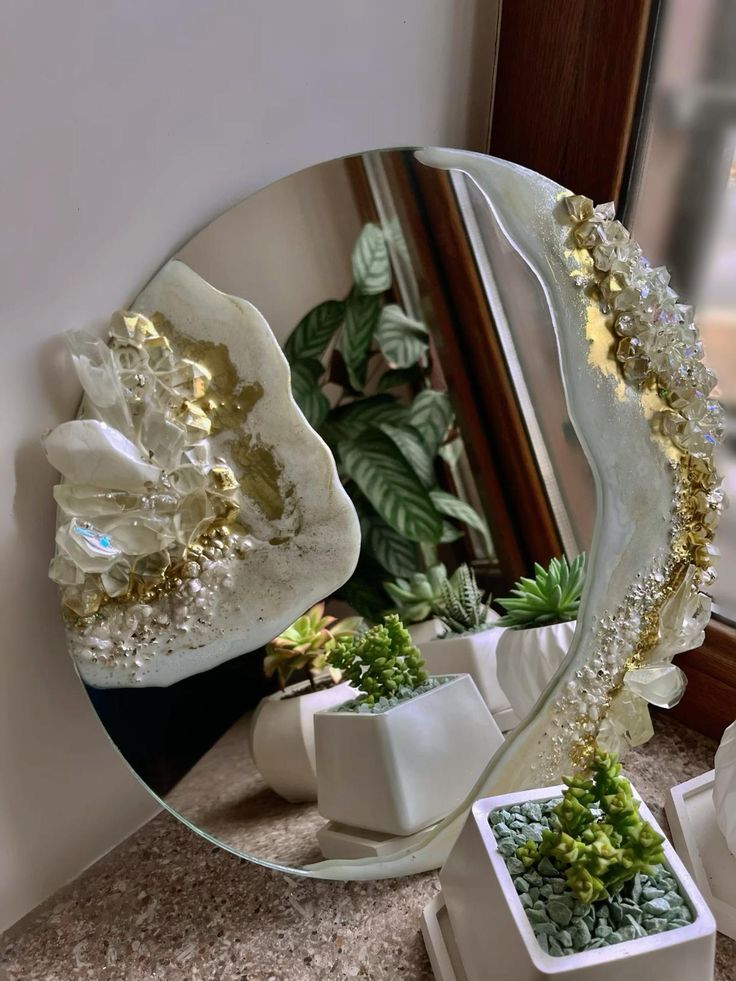Calligraphy, the art of beautiful handwriting, has a rich history and remains a popular form of artistic expression today. Here are some key aspects and styles of calligraphy:
Historical Background
- Ancient Origins: Calligraphy has ancient roots, with examples found in Egyptian hieroglyphs, Chinese characters, and Islamic scripts.
- Medieval Europe: In medieval Europe, monks and scribes used calligraphy to copy religious texts, leading to the development of styles like Carolingian minuscule and Gothic script.
- Islamic Calligraphy: Islamic calligraphy is renowned for its intricate and flowing styles, often used to transcribe verses from the Quran.
Styles of Calligraphy
- Western Calligraphy
- Gothic (Blackletter): Characterized by its dense, angular strokes, often seen in medieval manuscripts.
- Italic: Known for its slanted, elegant letters, often used in formal writing.
- Copperplate: Features thin upstrokes and thick downstrokes, popular in wedding invitations and formal documents.
- Eastern Calligraphy
- Chinese Calligraphy: Uses brush and ink to create characters with varied strokes, emphasizing balance and rhythm.
- Japanese Calligraphy (Shodo): Similar to Chinese calligraphy, with an emphasis on simplicity and fluidity.
- Islamic Calligraphy
- Kufic: One of the oldest styles, characterized by its angular, geometric shapes.
- Naskh: A more cursive and readable style, often used in the Quran.
- Thuluth: Known for its large, elegant letters and complex design.
Tools and Materials
- Pens and Brushes: Traditional calligraphy uses a variety of tools, including dip pens, fountain pens, and brushes.
- Ink: High-quality ink, often made from soot and gum arabic, is essential for creating crisp, vibrant lines.
- Paper and Parchment: Smooth, high-quality paper or parchment allows for clean, precise strokes.
Modern Calligraphy
- Hand Lettering: A contemporary take on calligraphy, often combining elements of typography and illustration.
- Digital Calligraphy: With the advent of digital tools, calligraphy can now be created and refined on tablets and computers, using software like Adobe Illustrator and Procreate.
Learning Calligraphy
- Practice: Regular practice is crucial for developing the muscle memory and precision needed for calligraphy.
- Guides and Templates: Using guides and templates can help beginners learn the correct proportions and angles of letters.
- Workshops and Online Courses: Many artists and institutions offer classes and tutorials, both in-person and online.

Examples of Calligraphy
- Western Gothic Script:
- Chinese Calligraphy:
- Islamic Thuluth Script:
Calligraphy is a timeless art form that combines aesthetic beauty with meticulous craftsmanship, offering endless possibilities for creative expression.
4o

















 learn about over-art
learn about over-art